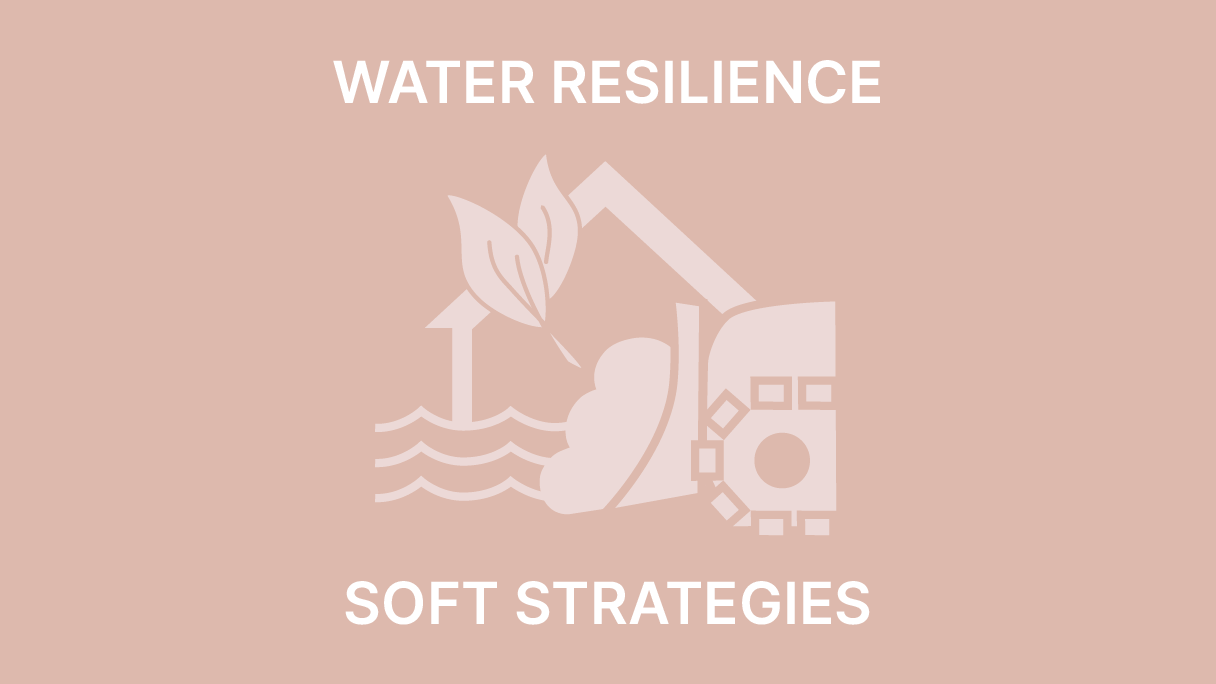Water Resilience: Soft Strategies
FUTURE AND GLOBAL RESPONSIBILITY
Recorded by Elizabeth Donovan, images by Veera Saastamoinen
KEY READINGS
Design for Flooding: Architecture, Landscape, and Urban Design for Resilience to Climate Change. Donald Watson and Michele Adams. John Wiley & Sons
Retrofitting for Flood Resilience: A Guide to Building & Community Design. Edward Barsley. RIBA Publishing
Adapting Cities to Sea Level Rise: Green and Gray Strategies. Stefan Al. Island Press
Design and Planning for Flood Resiliency: Guidelines for NYC Parks
INSPIRATIONAL BUILT EXAMPLES
Tieling Lotus Lake Wetland Park. Turenscape. Tieling City, China
Climate City. Adept. Middlefart, Denamrk
Taizhou Yongning River Park. Turenscape. Taizhou City, China
Kokkedal Climate Protection. Schønherr Architects. Kokkedal, Denmark.
Solrødgaard Water Treatment Plant. Henning Larsen Architects, Gottlieb Paludan Architects, C.F. Møller. Hillerød, Denmark.
WATER RESILIENCE: SOFT STRATEGIES
Three key soft strategies for flood management include living shorelines, dunes and beach nourishment, and floating wetlands. Soft strategies emphasize enables effective flood management through holistic, nature-based solutions to mitigate flooding risks. They are gaining popularity due to their restorative nature, and are often paired with hard strategies for hybrid solutions. These strategies provide habitat for biodiversity and can serve as recreational spaces, although human disruption remains a concern.
Living shorelines are inclined natural banks with vegetation and natural materials that lessen wave impact, best suited for moderate flooding when combined with levees.
Dunes act as natural barriers, but proper vegetation is essential for stability. Armored dunes can enhance protection but need careful design.
Beach nourishment widens beaches, reducing erosion and storm surge impact, although its effectiveness varies. Designing these strategies involves protecting vegetation, creating paths, and setting back development.
Floating wetlands, made of buoyant materials, are adaptable and best for sheltered waters. They rise with floodwaters, filter pollutants, and provide wildlife habitat.
Challenges for soft strategies include extreme weather limitations, maintenance costs, and technical expertise. Opportunities lie in ecological benefits, affordability, community involvement, and environmental enhancement.

